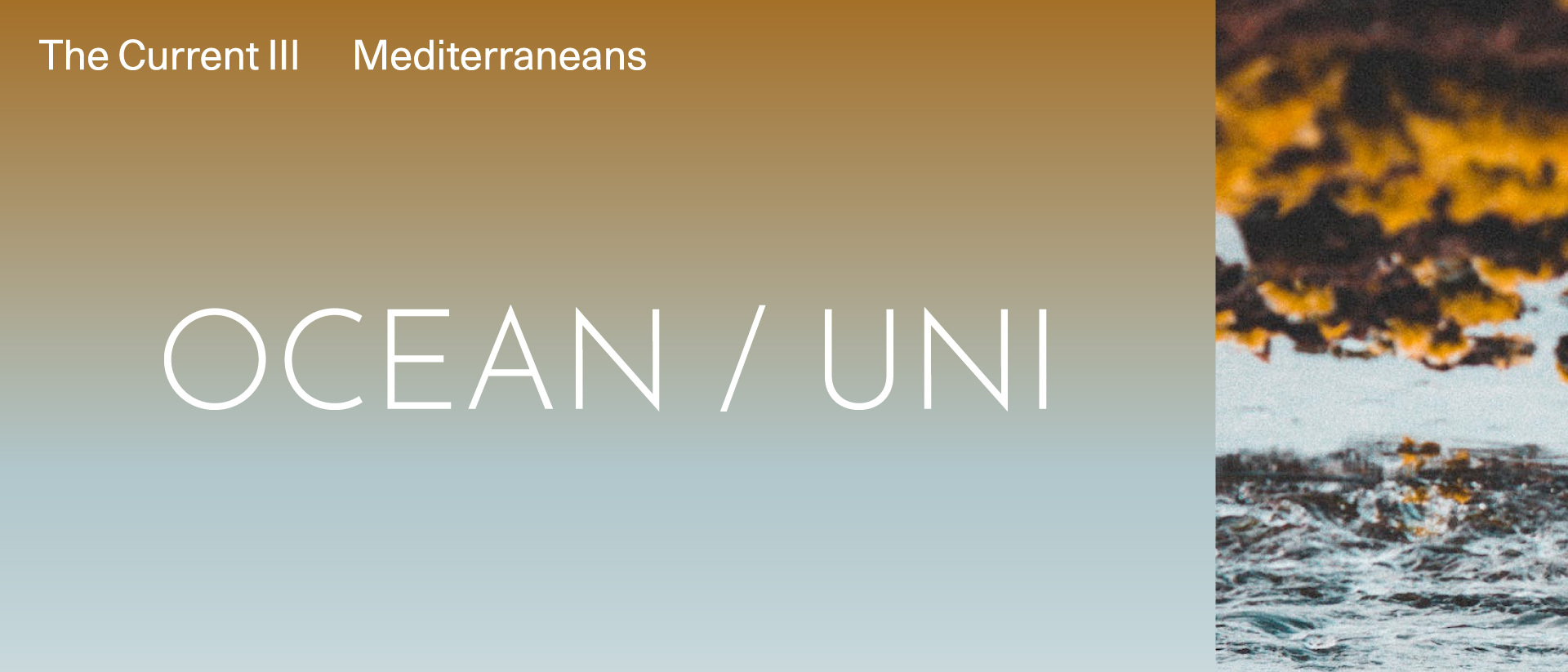Futuros abundantes / Abundant Futures
Turner, 2023

Futuros abundantes / Abundant Futures exhibition catalogue, co-published by TBA21 and Turner, 2023. Photo by Enrico Fiorese.
Publications
Begin by picturing a world of abundance. It would likely be lush, rich, and ancestral. A topology of connections, webs, and links, a system of relations. Abundance roots our being in the world in fullness, productivity, and plurality, not only for humans but for other life-forms and life-generating entities as well. We recognize how human life is intrinsically enmeshed with that of nonhumans, how our ability to form communities depends on all those who participate in our becoming. The sensibility that emerges from abundance desires all forms of enchantment and cultivates an ethic of joy committed to the art of living together, a ground for making things anew, a space where difference and inventiveness propel new beings and things into the world.
This publication engages with the proposition formulated through the exhibition Abundant Futures that presents a daring attempt to imagine worldmaking and ecological futures from the condition of abundance and fullness. It places a wealth of artistic visions and propositions from TBA21 Thyssen-Bornemisza Art Contemporary’s collection into conversation, gesturing at the multiplicity of worlds humans and nonhumans cohabit, a world of many worlds. Focusing on abundance is a matter of ontology, ethics, and ecological thought. Art, culture, and education join together to advance and reformulate ecological and visionary practices, which shape our experiences of the world. They occupy spaces for the rehearsal of social, ecological, and artistic/poetic scenarios that can alter human interaction with the planet and allow new forms of conviviality to emerge. Rehabilitating the abundance of possibilities after an age of austerity will have to be cultivated and socially enacted.
Centering around the thought-provoking narratives encapsulated in the exhibition, the fully illustrated publication brings together a multitude of voices and artistic practices, interventions, poetry, newly commissioned texts, and a rich selection of exhibition and performance photography. The book follows the artworks on view at C3A and is structured by series of drawings by Regina de Miguel and collages by Abraham Cruzvillegas, which were produced in the context of the exhibition. It proposes an evocative discussion of the themes of abundance, scarcity, the conflict between ecology and nature, and authenticity and identity, as well as the vulnerability of the ecological matrix.
This publication engages with the proposition formulated through the exhibition Abundant Futures that presents a daring attempt to imagine worldmaking and ecological futures from the condition of abundance and fullness. It places a wealth of artistic visions and propositions from TBA21 Thyssen-Bornemisza Art Contemporary’s collection into conversation, gesturing at the multiplicity of worlds humans and nonhumans cohabit, a world of many worlds. Focusing on abundance is a matter of ontology, ethics, and ecological thought. Art, culture, and education join together to advance and reformulate ecological and visionary practices, which shape our experiences of the world. They occupy spaces for the rehearsal of social, ecological, and artistic/poetic scenarios that can alter human interaction with the planet and allow new forms of conviviality to emerge. Rehabilitating the abundance of possibilities after an age of austerity will have to be cultivated and socially enacted.
Centering around the thought-provoking narratives encapsulated in the exhibition, the fully illustrated publication brings together a multitude of voices and artistic practices, interventions, poetry, newly commissioned texts, and a rich selection of exhibition and performance photography. The book follows the artworks on view at C3A and is structured by series of drawings by Regina de Miguel and collages by Abraham Cruzvillegas, which were produced in the context of the exhibition. It proposes an evocative discussion of the themes of abundance, scarcity, the conflict between ecology and nature, and authenticity and identity, as well as the vulnerability of the ecological matrix.










